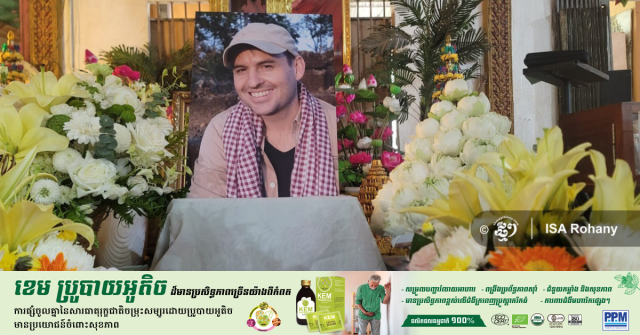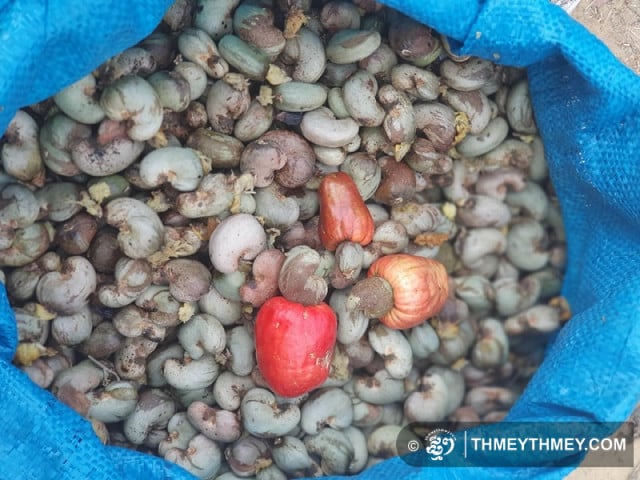Damian Evans: an Archeologist whose Life Focus Was Angkor Has Passed Away

- By Michelle Vachon
- September 19, 2023 4:00 PM
PHNOM PENH —Australian-Canadian archeologist Damian Evans, who passed away on Sept. 12 in Paris in France, had spent his career researching Angkor. He played a major role to make Cambodians as well as the world aware that Angkor had been a capital of 750,000 to 1 million people at the height of the Khmer Empire.
“His numerous articles…changed the perception of Angkor that went from a series of temples to the agri-urban, pre-modern and vibrant city that we are discovering today,” wrote Mitch Hendrickson, Martin Polkinghorne and Christophe Pottier—archeologists also specializing in Cambodia and colleagues of Evans—in an obituary posted at the site of the Ecole francaise d’Extreme-Orient (EFEO or French Institute of Asian Studies).
To mark his passing, a ceremony was held at the Preah En Kosei Pagoda in Siem Reap City at the request of the EFEO.
Evans had first come to Cambodia in the late 1990s while an undergraduate student to join the team of the Greater Angkor Project that was based at the University of Sydney in Australia. He would be involved in two extensive lidar missions in the country—lidar being a technology that enables to identify structures below ground—the first mission being a program of the University of Sydney and the other of the Ecole francaise d’Extreme-Orient (EFEO or French Institute of Asian Studies).
This technology and other remote-sensing platforms made it possible for Evans and his team to conduct ground surveys to extend the map of Angkor and redefine the nature of land occupation during that time and hydraulic patterns used during the Khmer Empire.
From 2007 to 2015 Evans was the director of the University of Sydney's Overseas Research Centre at Siem Reap-Angkor. In 2014, he was awarded a starting grant from the European Research Council for his Cambodian Archaeological Lidar Initiative and moved his research to France. The following year, he and his team scanned an extensive portion of the Angkorian region with lidar technology.
Through this research, Evans wrote in the Journal of Archeological Sciences in October 2016, “[i]t becomes clear from the billions of topographic measurements in the new ALS data that early Khmer societies profoundly, and repeatedly, transformed the landscapes in which they lived and inherited from their predecessors, and that this was a process that took place over millennia at a regional scale.”
According to the obituary written by Pottier, Hendrickson and Polkinghorne, Evans organized a few months ago the delivery of a lidar EFEO project covering 3,000 square kilometers in South Laos—an area where the Angkorian empire extended at one point. He was also working on developing projects similar to the one conducted in Cambodia in other Southeast Asian countries, they wrote.
His three colleagues said that Evans had been fighting cancer for two years. He left behind a family with two children, they said.















